Although everyone has a favourite colour, colour should be the least consideration. Quality, conformation, temperament and movement should be the primary considerations in a breeding programme.
Misleading claims on the internet would suggest that facial markings in the Falabella are very unusual
but approximately 25% of Falabella horses exhibit facial markings in some form.

Equuleus Nashwan
(By Limelight's Sabre ex Equuleus Fantastica)
Photo: Ray Mumford
(please scroll down for more examples)
Below is the list of colour codes given to me by Sra Maria L B de Falabella.
Below that are two photos taken in Argentina, showing the overo gene present in the Falabella.
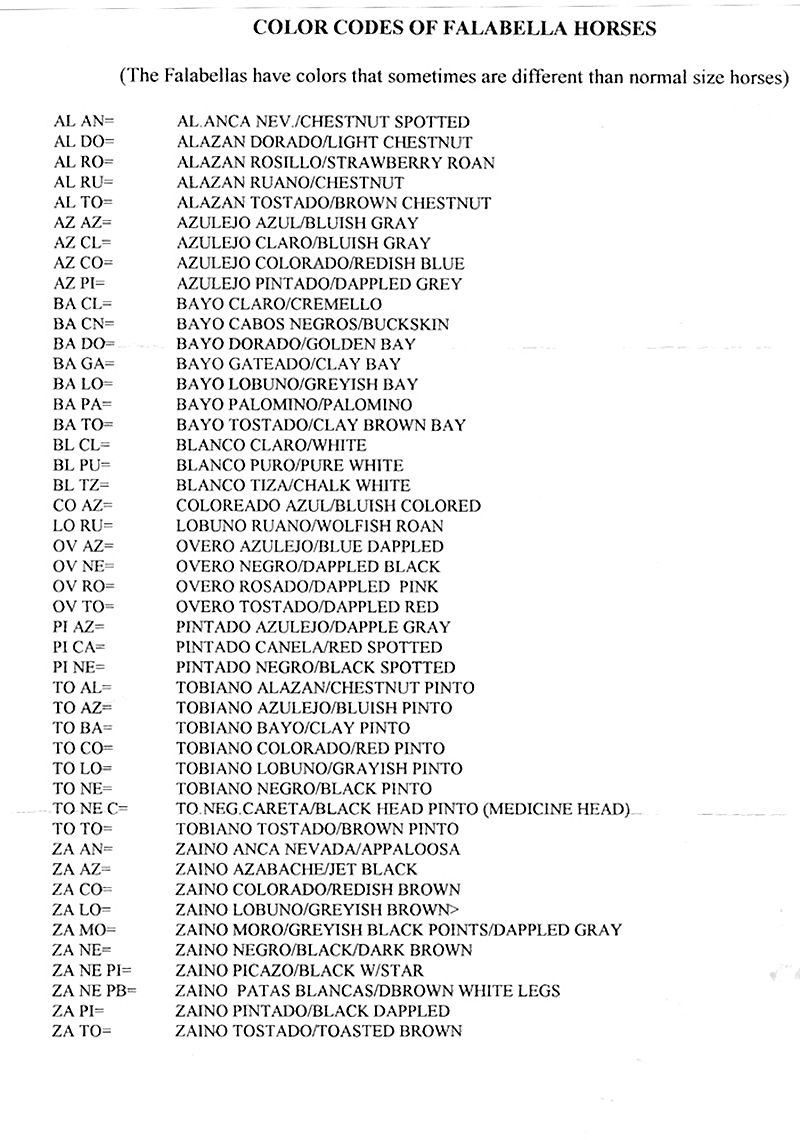
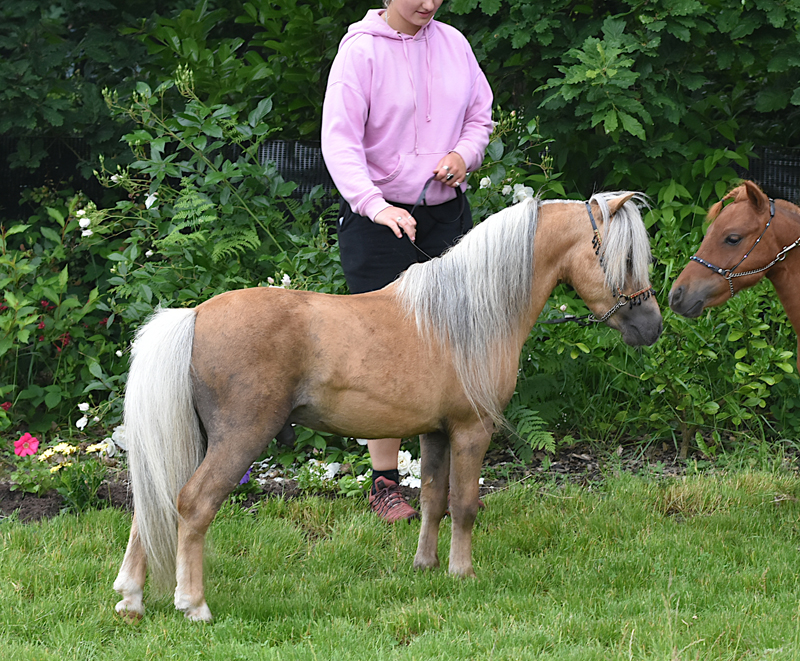
Cielo Marinero of Fort – a dark palomino.
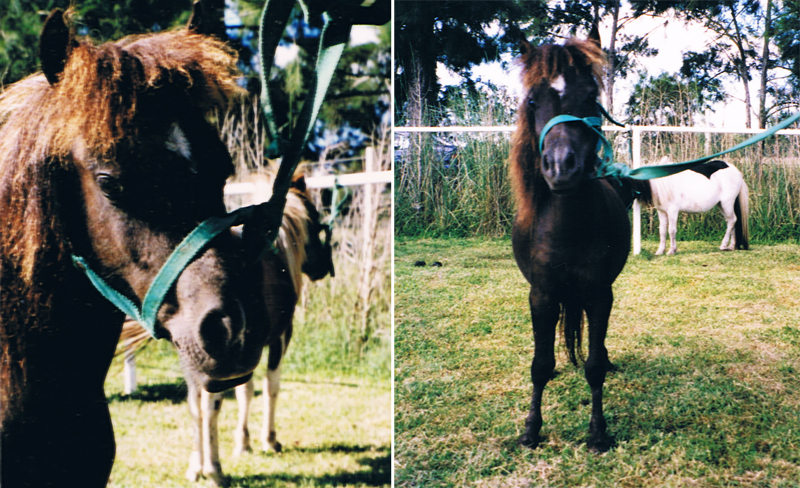
Falabella Prosapia, a tiny and ultra- refined liver chestnut mare (with 'star and snip' facial markings)
was personally selected by Sue when she visited Argentina in 1997.
Photos: Susan Eckholdt
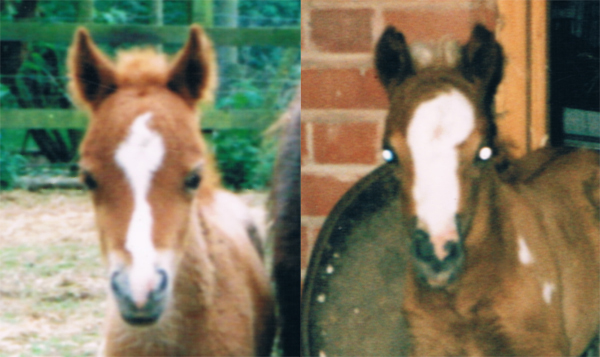
Equuleus Fantastica by Falabella Yabito. Equuleus Petaloutha Mou by Limelight's Orion
(Falabella Al Graten bloodline)
These two daughters of Falabella Prosapia (above) demonstrate the inheritance of facial markings.
Misleading claims on the internet would suggest that facial markings in the Falabella are very unusual
but approximately 25% of Falabella horses exhibit facial markings in some form.
These two foals exhibit 'blaze' markings.
Photos: Susan Eckholdt
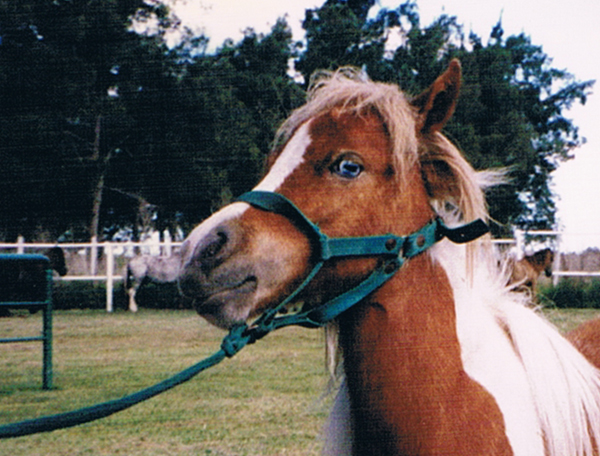
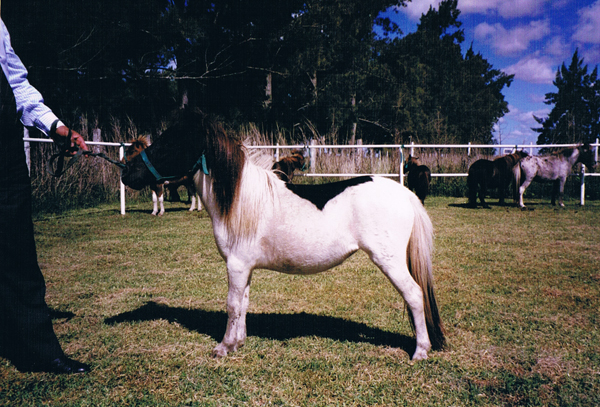
Falabellas in Argentina
(Lower photo - Falabella Binaria)
Photos: Susan Eckholdt
Unlike most other breeds of horse, the Falabella and other miniatures are not restricted by colour limitations.
All colours (and eye colours) are acceptable.
We are aware that the late J. C. Falabella kept his grey horses seperately and did not include them in his pinto and appaloosa breeding programmes. This means that the 'pintaloosa' Falabella does not contain the grey gene 'fading factor' in which appaloosa horses can lose their spots with age but instead is 'Double Dominant' for producing a wide variety of colour patterns.
Sometimes one pattern can be hidden, or partly hidden by the other and as the horse ages this can change. Some of the most important foundation sires and show winners are pintaloosa.
‘Falabella Al Graten’ (below) was the UK’s first example of a pintaloosa Falabella, demonstrating the ability to produce both appaloosa, pinto and pintaloosa foals.
Read her fascinating story on the ‘UK Archives’, ‘Legends’ and 'Kilverstone Zoo' pages.
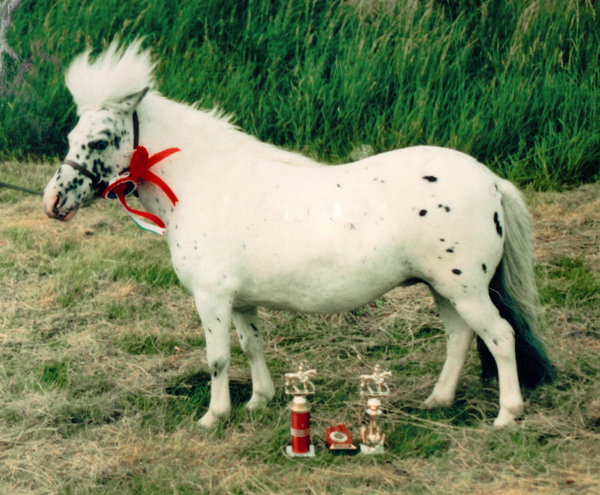
Falabella Al Graten.
An amazing little pintaloosa coloured Argentine import of 1973 which was offered as a prize in 'The Sun' newspaper competition
and won by eleven year old Helen Sutcliffe in 1974.
Many of our foals carry the blood of this stunning little blue eyed mare mare. Read her story on the 'UK Archives' page.
Photo courtesy Brenda Sutcliffe
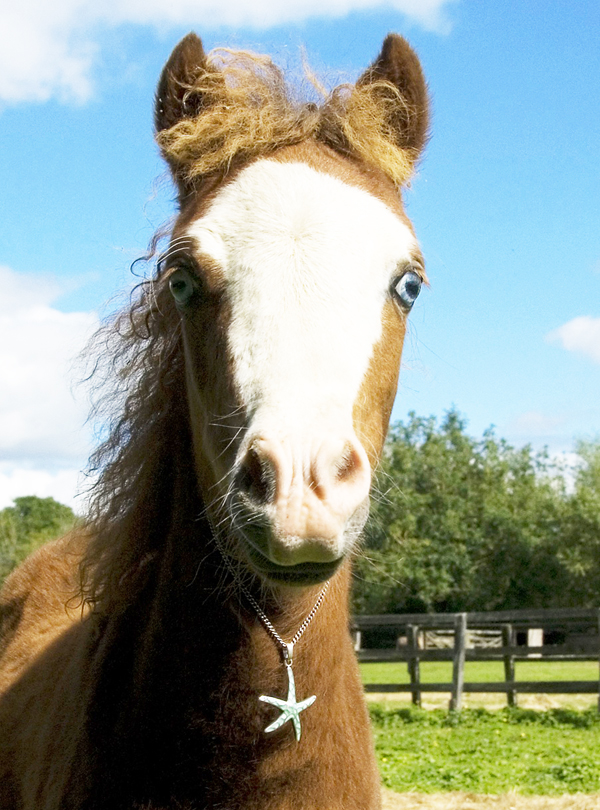
Equuleus Jolene
(By Micatos Montana ex Limelight's Amazing Grace)
Now owned by Sheikha Latifa bint Rashed Al Maktoum, Dubai.
Photo: Marie Bushill
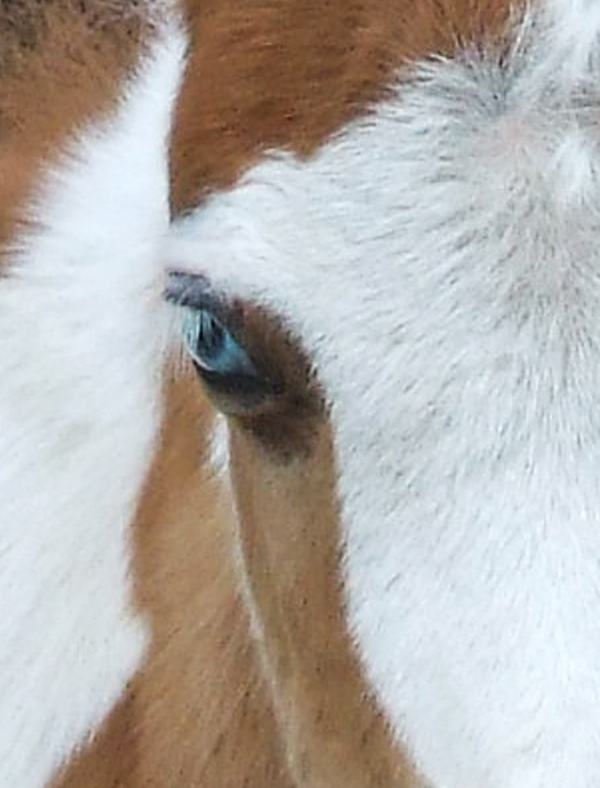
Limelight's Union Jack
(By Micatos Montana ex Falabella Lady Noir)
Now owned by Sheikh Hamdan bin Rashid Al Maktoum, Dubai.
Photo: Ray Mumford
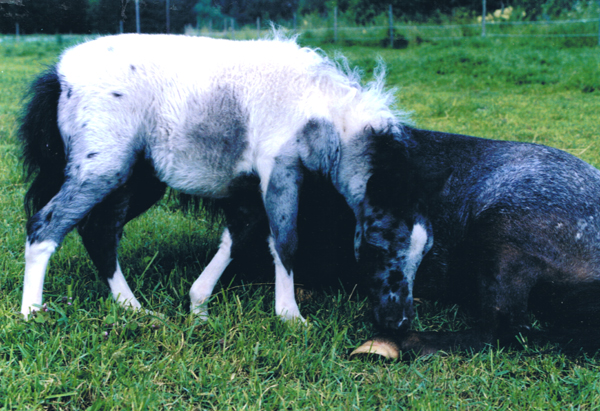
Limelight's Magnolia (by Pegasus of Kilverstone ex Lady Erica of Hambrook)
A pintaloosa great grand daughter of Falabella Al Graten.
Photo: Limelight's Animals.
Below is a pintaloosa colt on the Falabella Ranch in Argentina (note hind stockings).

Photo: Susan Eckholdt
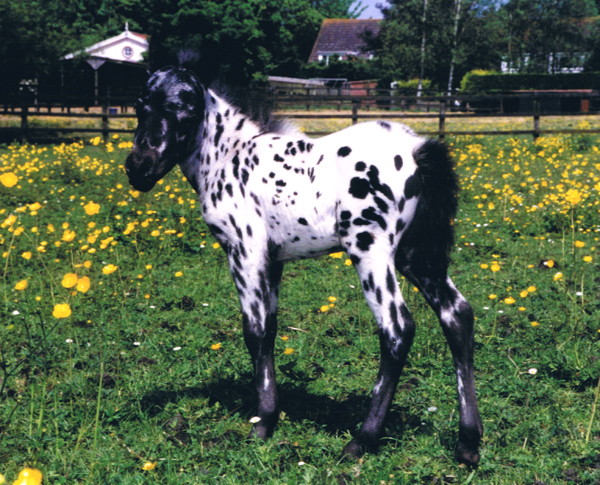
Limelight's Amazing Grace (by Falabella Yabito ex Limelight's Magnolia) at The Equuleus Stud.
A loudly marked 'pintado negro' (black leopard) filly.
The leopard pattern is particularly rare in female horses which are usually more modestly marked than the males.
Photo: Limelight's Animals.
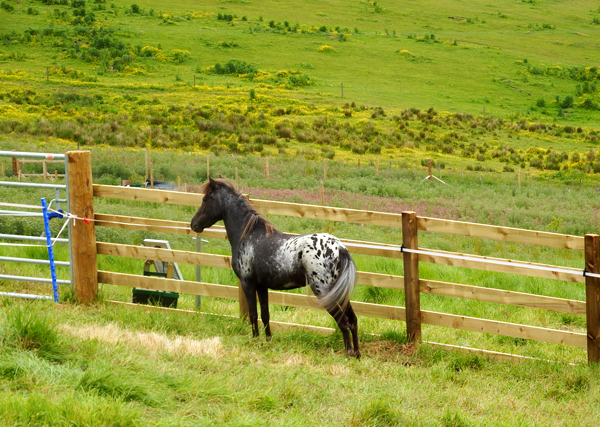
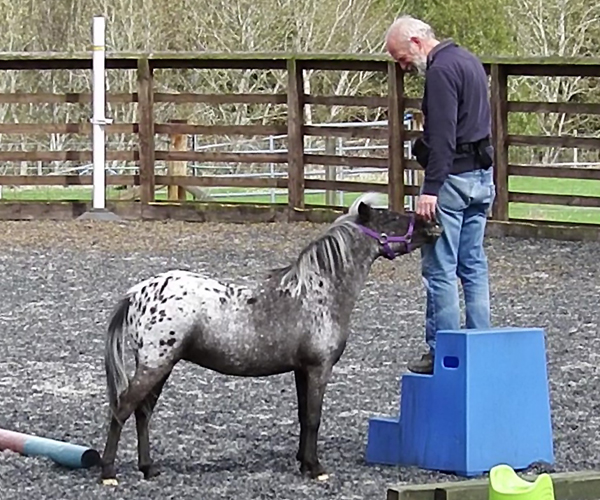
Equuleus Cavatina.
Grand daughter of Limelight's Amazing Grace (above)
A near-leopard appaloosa by Limelight's Sabre ex Equuleus Your Song at her home in Aberdeenshire, Scotland.
Cavatina carries the rare Falabella Menelek and Falabella Al Graten bloodlines.
photos: courtesy: Mrs Pauline Young
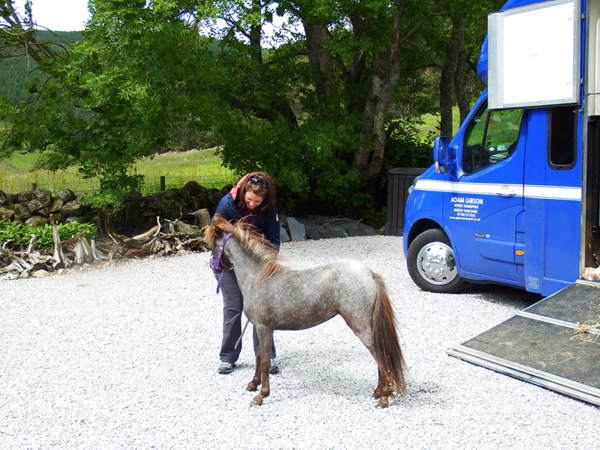
Equuleus Cecilia.
A great, great grand daughter of Falabella Al Graten.
A snowflake/frost appaloosa by Limelight's Sabre ex Equuleus Jessica, arriving at her home in Aberdeenshire, Scotland.
Cecilia also carries the rare Falabella Menelek bloodline.
photo: courtesy: Mr Graham Young
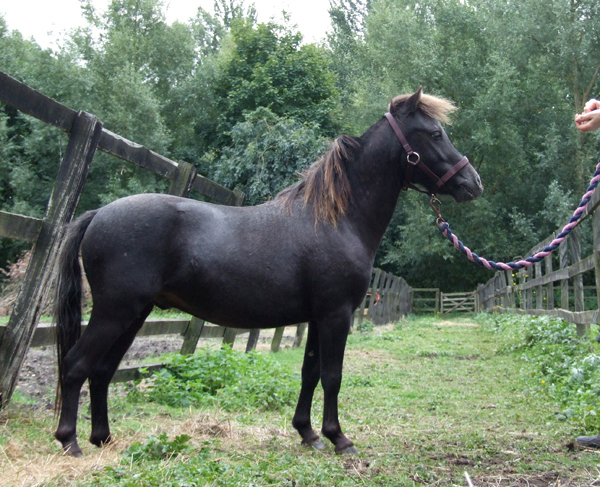
Equuleus Nightshift
By Micatos Montana ex Equuleus Via Lactea, illustrates how drastically the appaloosa colour pattern can alter from colour at birth.
Nightshift age three (above) and age six (below)
Photo: Ray Mumford
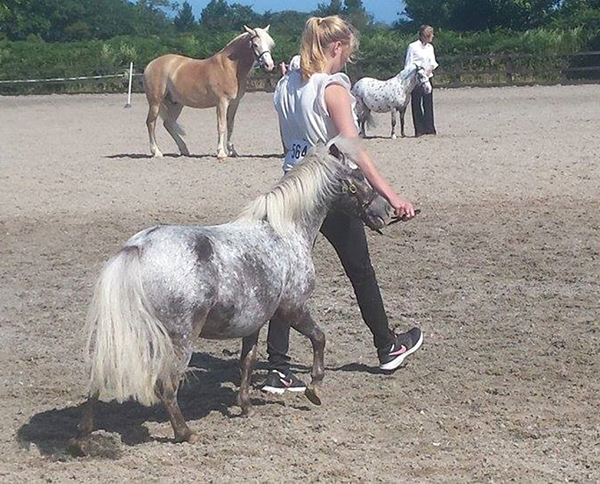
Photo: courtesy Elina Morgan

An example of a very unusual colour.
Limelight's Beautiful Boy - a marbled buckskin leopard appaloosa, AMHA registered Falabella Blend
sold to Germany.
Photo: Limelight's Animals
Home
